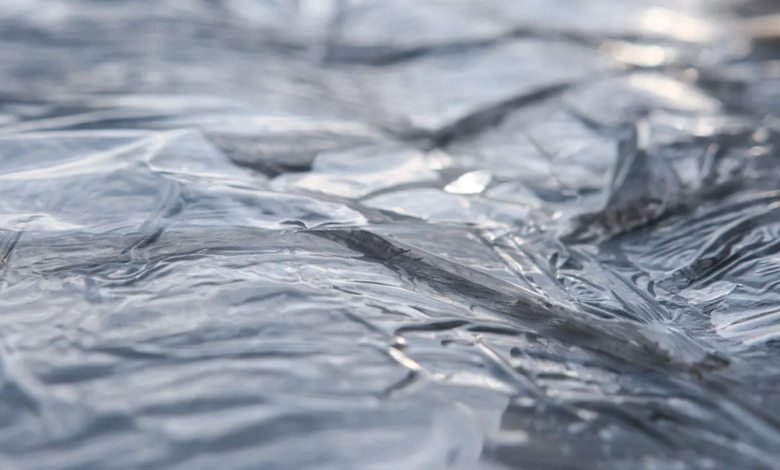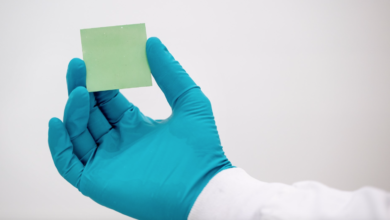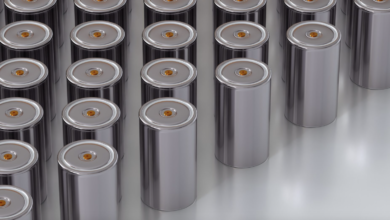Discovery of a green plastic that repairs itself and biodegrades in nature

An experiment at the University of Tokyo shows vitrimer forming a green plastic that repairs itself
Can there be a green plastic that repairs itself and easily breaks down even in nature? The answer is yes, at least according to a study by the University of Tokyo. Researchers at the Japanese University have developed a new polymer resistant to room temperature, but easily decomposable in its monomers. In the seawater, it turns into food for marine life and even can shelter itself.
It is an epoxy resin vitrimer, easy to reshape if heated. Vitrimers are usually fragile, but the team improved the recipe by adding a molecule called polyrotaxane.
The end result is a new green plastic called VPR, which boasts a number of advantages over similar materials. All the VPR needed was a warm-up of 150 inches C for 60 seconds to repair a cut made with a scalpel. A time 15 times shorter than its “competitors”. Thanks to the heating, it can also regain its original shape after being crushed. All this, even here ten times faster than the typical vitrimero.
Ease of modeling and self-repair go hand in hand with high recyclability. Once again, all it takes is heat and a solvent to break its molecular bonds. If dispersed in the environment, the VPR is a minor problem compared to other plastics, scientists explain. To prove it, they soaked the polymer in seawater for 30 days. During that time, it biodegraded by 25% and released molecules that are essentially food for marine life.
The team says the material could be used in a variety of applications for which other plastics are already used. We think of infrastructural materials for roads and bridges, composed of epoxy resins mixed with compounds such as cement and carbon. It would be easier, experts say, to “cure” these infrastructures by simply using heat. Another possible use is that of the automotive industry.





